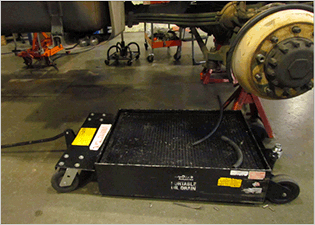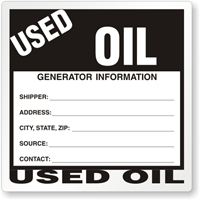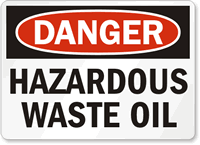Waste oil is unused oil that has been in some way compromised and can no longer be used for its intended purpose
6. This happens when an oil container is not properly sealed or handled. Waste oil can be classified as a hazardous material and must be labeled and dealt with as such. Waste oil cannot be reused; often, it is diluted with water or some other chemical that makes it impure. In the past, waste oil was disposed in landfills, but this practice was discontinued when the negative effects on the environment became apparent. Now, the disposal of waste oil is regulated and handled by state governments.

In an environmentally conscious world, it is important to be both informed and intelligent about the choices we make. While one of the easiest environment-friendly steps is recycling, it is still important to know what can and cannot be recycled. Oil is both an expensive resource and a dangerous one. While the amount of useable oil on the planet dwindles, it is important to treat both the remaining oil and the Earth with the utmost care.














